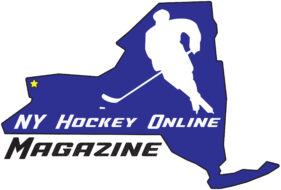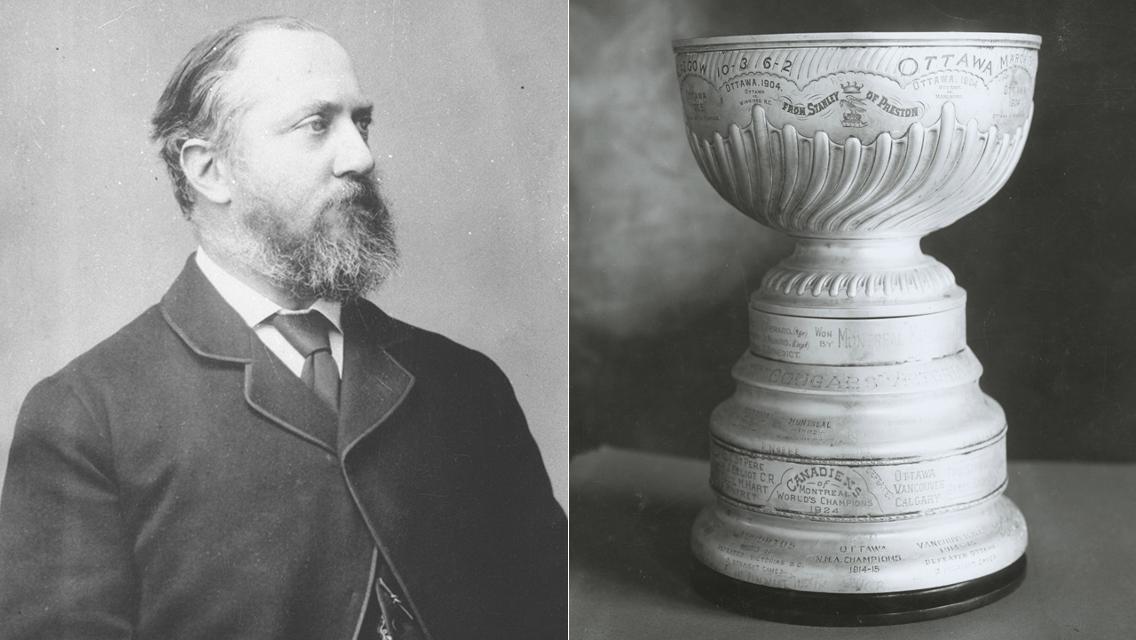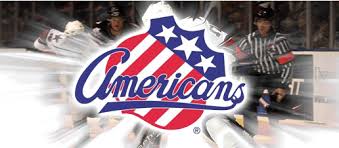By Kevin Shea / Special to NHL.com
Saturday is the 125th anniversary of the Stanley Cup. Fans throughout the world are familiar with the players, coaches and teams who have raised the coveted trophy, but where did it come from? And who was Stanley, whose name is synonymous with the sport’s hallowed symbol? Author and hockey historian Kevin Shea explains the origins of the Cup.
In the 1880s, hockey was a fledgling sport restricted mainly to a few universities in Eastern Canada and starting to expand into New England. It had not been embraced outside of small pockets of support in cities such as Halifax and Montreal.
On Feb. 4, 1889, Lord Stanley of Preston, the sixth governor general of Canada, was invited to the Montreal Winter Carnival, where a hockey game would spawn widespread interest in the sport.
To put this into context, Lord Stanley was selected by Queen Victoria to be her representative in Canada. During her 63-year reign, Queen Victoria enjoyed massive influence and power around the world. As the monarch of the British empire, she ruled over 450 million people; more than a quarter of the world’s population. In turn, Lord Stanley was revered.
Lord Stanley, 48 at the time, came from a privileged British background and had been in Canada for less than a year. Winter activities such as hockey and snowshoeing were completely foreign to him; he would have been far more familiar with cricket and horse racing.
That day’s itinerary for Lord Stanley, Lady Stanley and two of their children included an appearance at the Victoria Skating Rink, where the Montreal Hockey Club from the Montreal Amateur Athletic Association was playing the Montreal Victorias.
Lord Stanley and his family arrived during the game, bringing it to a halt as they shuffled the length of the rink while “God Save the Queen” was performed in recognition of his role as Queen Victoria’s representative in Canada. As Lord and Lady Stanley and their children Edward, 24, and Isobel, 14, took their seats, Jack Arnton, the captain of the Montreal Victorias, led the spectators and players in three cheers for the distinguished visitors.
The Montreal Gazette called the Victorias’ 2-1 victory “one of the finest exhibitions of Canada’s national winter game” and said Lord Stanley “expressed his great delight with the game of hockey and the expertise of the players.”
As much as Lord Stanley had enjoyed seeing his first hockey game, it was Edward and Isobel, as well as Lord Stanley’s aide-de-camp, Aubrey McMahon, who immediately fell in love with the sport. When the family returned to Ottawa, it organized hockey games on the outdoor rink beside Rideau Hall, the official residence of the governor general. Isobel is credited with organizing the first women’s games, and Edward, joined by his brother Arthur, 20, formed a team of players from Parliament Hill who called themselves the Rideau Rebels.
With Lord Stanley as their sponsor, the Rebels organized games throughout Ontario, using the governor general’s personal train to visit Kingston, Lindsay and Toronto for games against like-minded players, increasing hockey’s popularity in those locations. These games, and the impetus of Arthur Stanley, eventually served to build the foundation upon which the Ontario Hockey Association was born in November 1890.
As hockey’s appeal grew, thanks in part to the tacit approval of the governor general, the idea of a trophy for a championship was introduced in the press. In December 1890, The Dominion Illustrated Monthly asked, “Why not have the champions of both associations (the Amateur Hockey Association of Canada and the Ontario Hockey Association) play off at the end of the season for the championship of the Dominion?” A year later, the paper again suggested the idea, saying, “Why not arrange a match for the championship of Canada between the champions of Ontario and the champions of Quebec?”
Finally, in March 1892, Lord Stanley’s sons, Edward, Arthur and Algernon, and their Rideau Rebels teammates Lord Kilcoursie and Philip Dansken Ross, persuaded the governor general to donate a trophy for hockey. At a dinner honoring the Ottawa Hockey Club on March 18, 1892, Lord Kilcoursie read a letter on behalf of Lord Stanley.
“I have for some time been thinking that it would be a good thing if there were a challenge cup which should be held from year to year by the champion hockey team in the Dominion of Canada,” it read. “There does not appear to be any such outward sign of a championship at present, and considering the general interest which matches now elicit, and the importance of having the game played fairly and under rules generally recognized, I am willing to give a cup which shall be held from year to year by the winning team.
“I am not quite certain that the present regulations governing the arrangement of matches give entire satisfaction, and it would be worth considering whether they could not be arranged so that each team would play once at home and once at the place where their opponents hail from.”
The applause indicated that the suggestion was heartily endorsed.
A short time later, Capt. Charles Colville, who had served as Lord Stanley’s secretary, purchased a silver bowl about 7.25 inches high and 11.5 inches in diameter for 10 guineas (approximately $50 at the time) from G.R. Collis and Company in London. One side of the bowl is engraved with the Stanley family crest under the words “From Stanley of Preston.” The other side is engraved with the original name of the trophy: “Dominion Hockey Challenge Cup.” Curiously, the trophy was called the Stanley Cup from its earliest days in Canada. (The Cup now stands 35.25 inches high and weighs 34.5 pounds.)
When the Cup arrived in Ottawa from London, a journalist asked Lord Stanley for his impression of the trophy he donated. “It looks like any other trophy, I suppose,” he said.
Had he only known the impact his magnificent gift would have on hockey.
As it turned out, Lord Stanley never did get to see his trophy presented to a championship team. The first recipient of the Stanley Cup, the Montreal Hockey Club from the Montreal A.A.A, earned the championship on Feb. 18, 1893, but arguments over the engraving weren’t resolved until March 1894. By that time, Lord Stanley’s term as governor general had concluded, and on July 15, 1893, he returned to England, succeeding his recently deceased brother as the 16th Earl of Derby.
During the first few years of the Stanley Cup’s existence, only amateur clubs were allowed to compete for it.That changed in 1907 when the Montreal Wanderers declared themselves professional and won the Stanley Cup in March 1907.Beginning with the 1926-27 season, the Stanley Cup has exclusively been the championship trophy of the NHL.
Since 1924, players who’ve been part of a Stanley Cup champion has had his name engraved on the trophy and etched into history, the realization of a dream hockey players have had for 125 years — ever since Lord Stanley shared his idea for the sport’s ultimate prize.
Kevin Shea is a noted hockey historian and the author of 15 books about the sport, including “Lord Stanley: The Man Behind the Cup.”
(Reprinted with permission of NHL.com)






